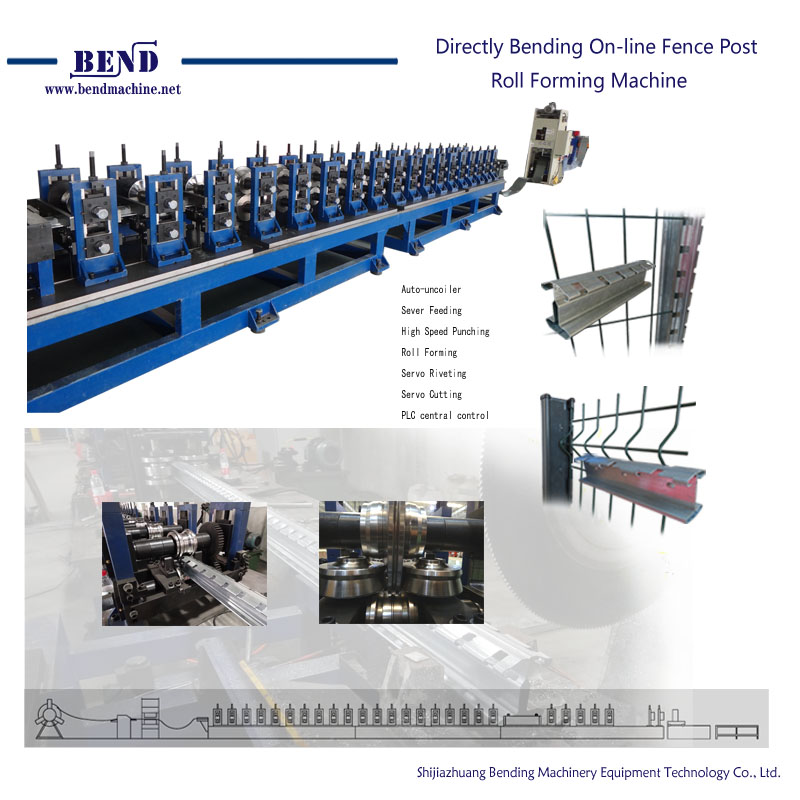Shijiazhuang Bending Machinery Equipment Technology Co., Ltd.,
How Roll Forming Machines Work-1
Roll forming machines fabricate specific configurations out of long strips of
metal, most commonly coiled steel. In most applications, the required crosssection profile of the piece is specifically designed for the machine to bend the metal as necessary. Other than roll forming, these machines perform a number of metalworking duties, including material cutting and roll punching. Roll forming machines, for the most part, work in a continuous cycle. The material is fed into the machine where it continuously makes its way through the stages of each operation, ending with the completion of a final product. A roll forming machine bends metal at room temperature using a number of stations where fixed rollers both guide the metal and make the necessary bends. As the strip of metal travels through the roll forming machine, each set of rollers bend the metal a little more than the previous station of rollers. This progressive method of bending metal ensures that the correct crosssectional configuration is achieved, while maintaining the cross-sectional area of the work piece. Typically operating at speeds between 30 to 600 feet per minute, roll forming machines are a good choice for manufacturing large quantities of parts or very long pieces. Roll forming machines are also good for creating precise parts that require very little, if any, finishing work. In most cases, depending upon the material being shaped, the end product features an excellent finish and very fine detail.

Roll Forming Machine Developments
Today's roll forming machines feature computer-aided tooling designs. By incorporating CAD/CAM systems into the roll forming equation, machines function at their maximum potential. Computer controlled programming provides roll forming machines with an internal "brain" that catches product imperfections, minimizing damage and waste. In many modern roll forming machines, programmable logic controllers ensure accuracy. This is vital if a part needs multiple holes or needs to be cut to a specific length. The programmable logic controllers tighten tolerance levels and minimize accuracy. Some roll forming machines also feature laser or welding capabilities.